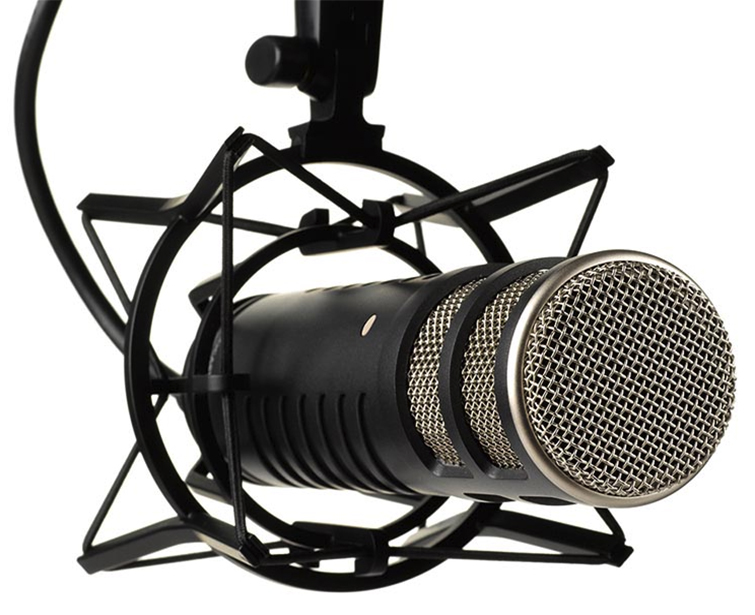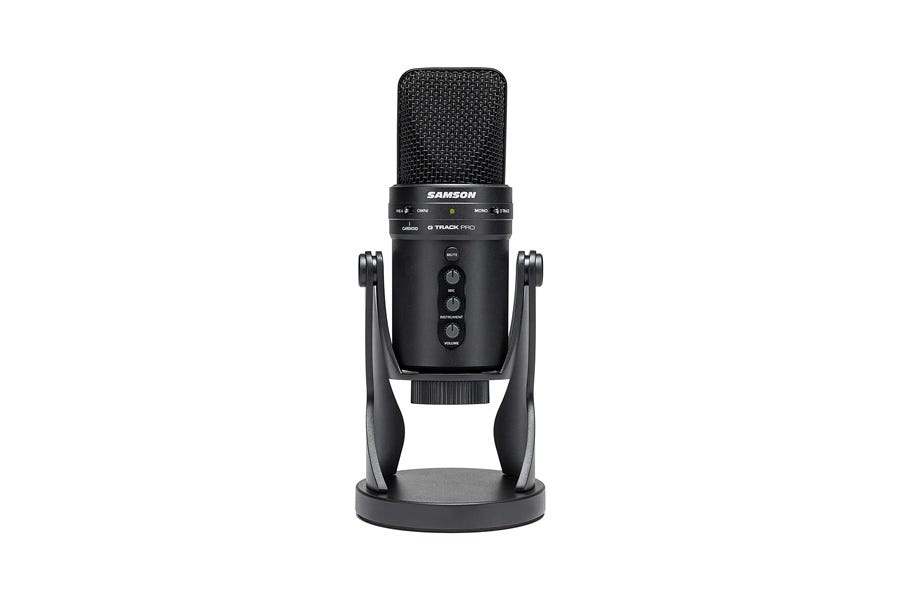
The two most common mic types are dynamic and condenser.ĭynamic: Dynamic microphones are durable and can handle high-volume sounds from a wide array of angles. The term mic type refers to the way a microphone works internally and how it converts incoming sounds. The recording quality is sometimes lower than USB or XLR connections, but the cost is also lower.

TS/TRS/TRRS: Mics that have a TS, TRS, or TRRS connection can plug right into your phone or tablet. It’s important to know that a mic boasting an XLR connection may also come with a bigger price tag.
BEST MICROPHONES FOR PODCASTING USING RINGR PROFESSIONAL
XLR cables are highly durable and using a sound mixer or audio mixer is thought to produce a more crisp and professional sound quality. XLR: Mics that use an XLR connection require the user to have an audio mixer. The sound quality is typically strong, and the technology is relatively easy to use. UBS: USB connection allows your mic to plug directly into your computer, laptop, or any other USB port. The three most common connection methods are UBS, XLR, and TS/TRS/TRRS. The connection method is exactly what it sounds like-how your mic will connect to your other streaming equipment. People typically produce between 20Hz and 20,000Hz when they speak, so consider these numbers a baseline for optimal frequency response. These numbers show the range of pitch and frequency that your microphone can interpret. It will typically be represented in hertz (Hz) and kilohertz (kHz). It’s a versatile piece of streaming equipment that works well for gaming content, group conversation, and response videos.Īnother term you’ll come across when researching mics is frequency response.

Omnidirectional: An omnidirectional polar pattern picks up sound from all angles of the mic. For this reason, choosing a streaming microphone with a bidirectional pattern is ideal for people hosting interviews or those streaming content with more than one speaker. It’s a good choice for creating podcasts or showcasing singing talent, as the sound is picked up from the front of the mic.īidirectional: A bidirectional polar pattern is one in which the mic can pick up sound from both the front and the back. Unidirectional: A unidirectional polar pattern is the most common for streaming microphones. The three most common polar patterns are unidirectional, bidirectional, and omnidirectional-understanding each of them can help you figure out which streaming mic is best for your needs. There are a few key terms and specifications to know before you buy streaming equipment.Ī mic’s polar pattern simply refers to the way it picks up sound. Whether you’re a first-time streamer or a podcasting pro, you don’t have to let industry terminology intimidate you. To save you time YouNow did the research to decipher industry terms, compare prices, and find the mic that is perfect for you.

A lot of brands say they’re the best, and between flashy packaging and technical terminology, it may be hard to determine what’s what. The best mic for streaming can provide you with the professional sound quality you need to bring your broadcasting game to the next level.


 0 kommentar(er)
0 kommentar(er)
